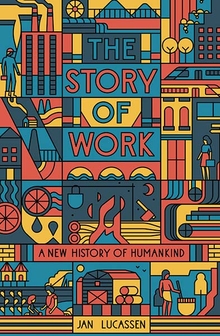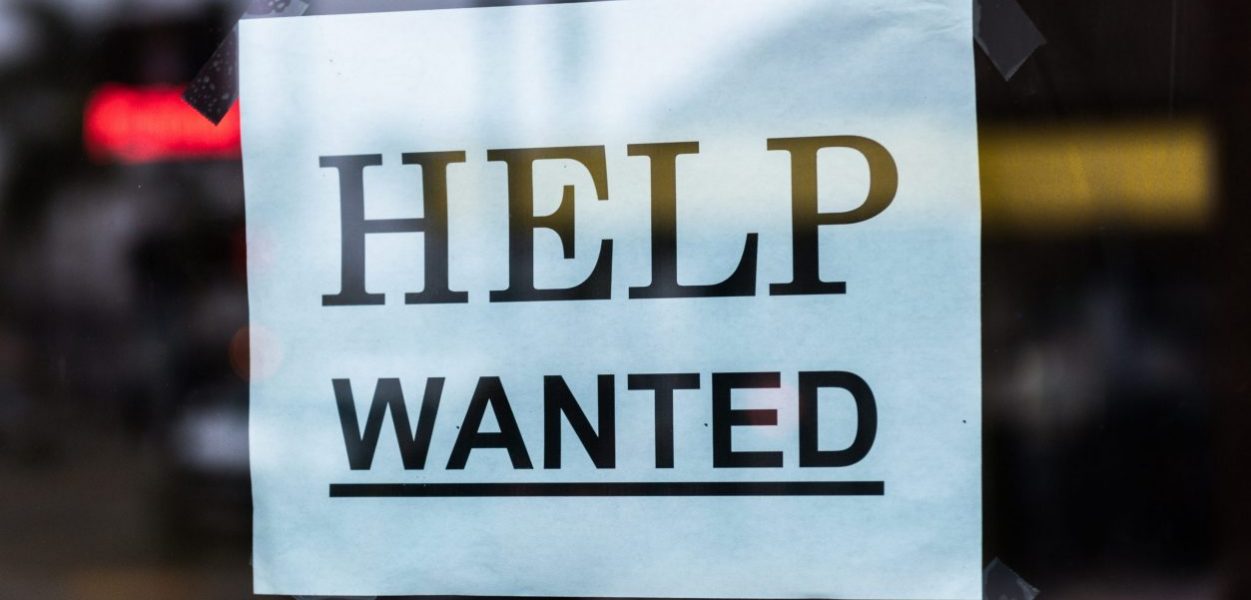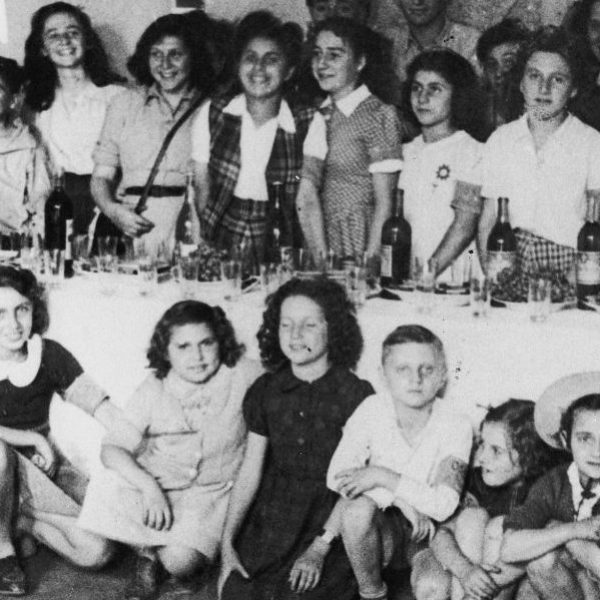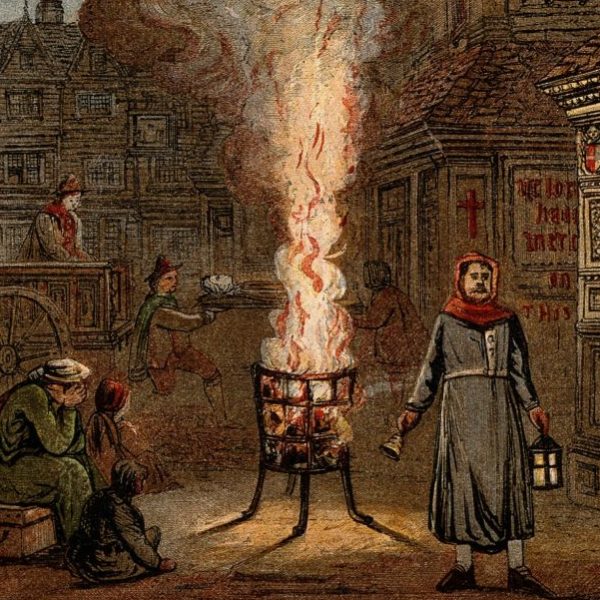Work: Who Is In, Who Is Out, and Who Is In Between?
Jan Lucassen—
One of the anomalies of our times is the urgent demand for laboring bodies, alongside the denial of their humanity. Think of severe immigration restrictions in Japan, Europe, the USA, and Australia and inequalities in the Gulf States. In the light of a quickly ageing population and rising educational levels, it is remarkable that labor shortages in these prosperous parts of the world do not lead to improved labor conditions, nor to an increase in legal and decent channels for low and medium skilled migrant workers. Instead, we see the continuation of precariousness and the employment of semi- or undocumented workers.
Ironically, this is not caused by cut-throat competition, because profits are high and wealth is increasing. Prevalent are apocalyptical fears of permanent immigration in rich countries, leading to increasingly restrictive legislation and the building of walls up to a point where deportations and the drowning of thousands of immigrants in the Mediterranean, the Mexican-US borderland, and most recently the Atlantic Ocean are considered the unavoidable collateral damage.
Apart from the moral issues at stake, this is a remarkable situation in the light of the history of work, as apparently two alternatives are not part of the public debate. One for obvious, the other for less obvious, reasons.
The first alternative, with a history of some six thousand years, is the employment of unfree labor. According to international law the slave trade, slavery, and indentured labor have been declared illegal since the nineteenth century. Although new forms of coercion are widespread, most apparent in the Gulf States, blatant expressions of modern slavery are not regarded as attractive for countries in the North Atlantic, Oceania, and elsewhere.
The second alternative is free immigration, totally in accordance with neo-liberal orthodoxy, but also with the historical experience of mankind from its very origins. If we limit ourselves to the modern era, think of the history of the United States and other white settler colonies, but also of the massive unrestricted immigration of Poles within imperial Germany, Irish workers to the UK, and at the same time Italians to France. And in the boom years after WWII, immigration was again chosen as the main solution to fill labor shortages in Western Europe.
So, despite alternatives, there has been a massive turn to policies that negate officially proclaimed and embraced universal ideals of freedom (neo-liberalism), equality (the rule of law embodied by the United Nations), and brotherhood (fair compensation principles of the ILO). For example, think of the refugee camps on the Greek Islands, and the actions of FRONTEX, all blatant circumventions of the Refugee Convention of the United Nations (1951) by the EU; or of the appalling work conditions and staggering number of deaths among the foreign workers in Qatar, engaged in constructing the facilities for the FIFA World Cup 2022; or, again, of the legal fights between Grab Holdings/Uber and its drivers who are not treated as wage earners under ILO rules and protection but as free entrepreneurs.
So, what will the future bring? Continuing on the illiberal road of exclusion and dehumanization or a turn toward a legal and largely free migration regime to reach a fairer and more equal world? In short: who in our globalizing world will be in, who will be out, and—like increasing numbers these days—who will have to stay in-between?
Jan Lucassen is an honorary fellow at the the International Institute of Social History in Amsterdam where he founded the IISH Research Department. He is the author of numerous books including Globalising Migration History: The Eurasian Experience and Global Labour History.
Further Reading:



























